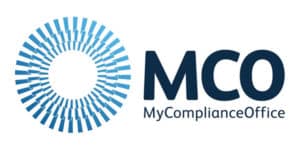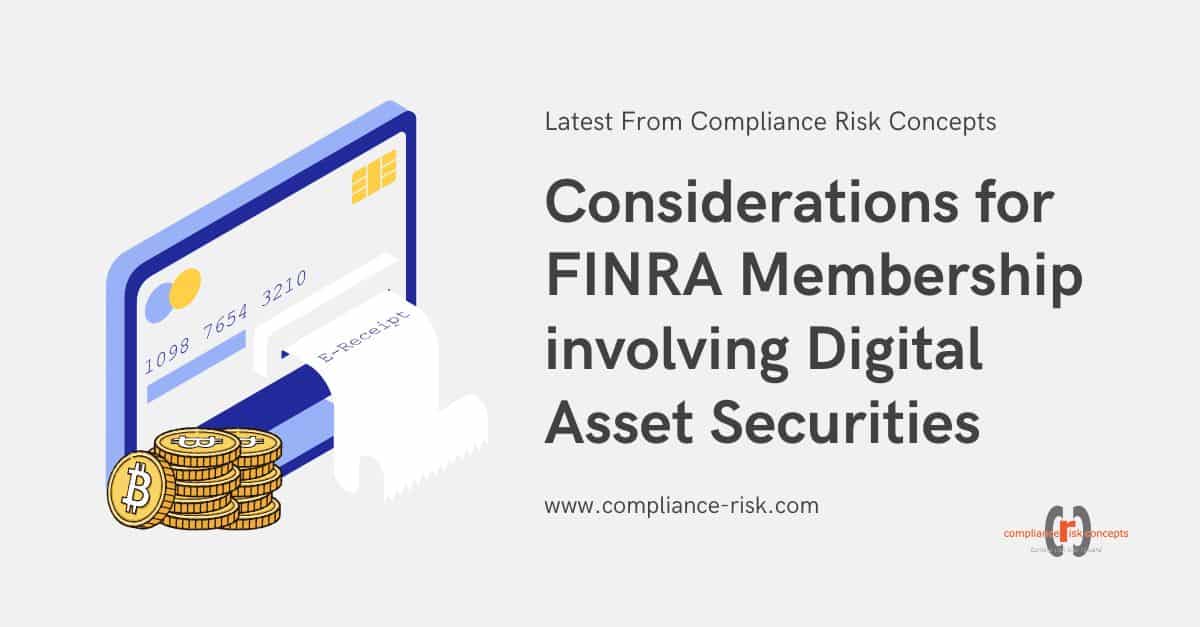In November 2022, FINRA published a podcast that discussed available guidance concerning several paths through which broker-dealers can be approved by FINRA for digital asset securities activity: 1) as a placement agent in private placement digital asset securities offerings, 2) as an ATS facilitating secondary transaction of digital asset securities, and 3) as a special purpose broker-dealer (SPBD) with custody of digital asset securities.
1) Placement agent in private placement digital asset securities offerings
Overview
The broker-dealer sends the trade-matching details (e.g., identity of the parties, price, and quantity) to the buyer and issuer of a digital asset security—like a traditional private placement—and the issuer settles the transaction bilaterally between the buyer and issuer, away from the broker-dealer. In this case, the broker-dealer instructs the customer to pay the issuer directly and instructs the issuer to issue the digital asset security to the customer directly (e.g., the customer’s “digital wallet”).
Everything happens away from the broker-dealer so it does not custody the digital asset. The broker-dealer does not handle, control, or receive customer funds or securities. Issuers and investors directly transact with each other through an escrow account established by issuer.
Key Considerations in a Placement Agent Application
- Demonstrate an understanding of the risks of the digital asset security.
- Communicate how the risks will be disclosed and how the offering documents will be reviewed.
- Evidence an understanding of the obligations under FINRA’s advertising rules (including if first-year firm conditions apply).
- Detail the role and function of the broker-dealer with specificity.
- Be able to show that that there are procedures that are specific to digital asset securities and the distributed ledger.
2) ATS facilitating secondary transaction of digital asset securities (two types)
ATS #1: Bilateral settlement without ATS involvement
Overview
The ATS matches the orders of buyers and sellers of digital asset securities, and the trades are either settled directly between the buyer and seller or the buyer and seller give instructions to their respective custodians to settle the transactions. In either case, a broker-dealer operator does not guarantee or otherwise have responsibility for settling the trades and does not at any time exercise any level of control over the digital asset securities being sold or the cash being used to make the purchase (e.g., the ATS does not place a temporary hold on the seller’s wallet or on the buyer’s cash to ensure the transaction is completed).
- Step 1 - the buyer and seller send their respective orders to the ATS;
- Step 2 - the ATS matches the orders;
- Step 3 - the ATS notifies the buyer and seller of the matched trade; and
- Step 4 - the buyer and seller settle the transaction bilaterally, either directly with each other or by instructing their respective custodians to settle the transaction on their behalf.
ATS #2: Custodians carry out conditional instructions using information from ATS
Overview
In this case, there is a higher degree of control exercised by the broker-dealer operator because it tells the buyer’s custodian where to send the funds and the seller’s custodian where to deliver the securities. As with the four-step process, the broker-dealer operator does not guarantee or otherwise have responsibility for settling the trades and does not at any time exercise any level of control over the digital asset securities being sold or the cash being used to make the purchase (e.g., the ATS does not place a temporary hold on the seller’s wallet or on the buyer’s cash to ensure the transaction is completed) but it notifies the custodians for the buyer and seller, and the buyer and seller, of the match.
- Step 1 - the buyer and seller send their respective orders to the ATS, notify their respective custodians of their respective orders submitted to the ATS, and instruct their respective custodians to settle transactions in accordance with the terms of their orders when the ATS notifies the custodians of a match on the ATS;
- Step 2 - the ATS matches the orders; and
- Step 3 - the ATS notifies the buyer and seller and their respective custodians of the matched trade and the custodians carry out the conditional instructions.
Key Considerations in ATS Applications
- Explain in detail how the transaction flows and business model involving digital asset securities and the ATS comply with either the three-step or the four-step process.
- Ensure other documents are consistent with that process, such as:
- User disclosure
- Draft Form ATS
- Contracts
- Custodian disclosure
- Disclosures with other third-parties
3) Special Purpose Broker-Dealer (SPBD) with Custody of Digital Asset Securities
Overview
The business activities of a special purpose broker-dealer are limited to digital assets that are also securities (this can include operation of an ATS that trades only in digital assets securities or otherwise engages in other business involving digital assets securities). It cannot engage in business activities involving non-security digital assets or securities that are not digital assets (e.g., traditional securities).
Key Considerations in SPBD Applications
- Demonstrate an understanding how the business model is impacted by the nine conditions detailed in the SEC Statement (dated April 27, 2021).
- Explain how each of the nine conditions are met.
- Make it clear where staff can find information responsive to each of the nine conditions.
Lastly, the FINRA podcast also identified several common issues with membership applications involving digital asset securities.
- Show that the applicant is capable of complying with FINRA rules and the U.S. federal securities laws and regulations.
- Missing details. For example:
- What is the business plan?
- What is the relationship between different parts of the broker-dealer’s business?
- How does the transaction flow and business model involving digital asset securities fit with the available guidance?
- How will the broker-dealer ensure that it functions in a way comporting with the applicable guidance?
- How do the transaction flows address compliance and legal requirements?
- Is there documentation to support that each step in the transaction flow meets those requirements?
- Being inconsistent in describing the proposed business activities involving digital assets, cryptocurrencies, distributed ledger or related products.
CRC has extensive experience with helping firms successfully navigate the New Member and Continuing Member Application process with FINRA. We are specifically familiar with the fintech space and offer clients the ability to quickly scale and support their application with experienced C-Suite level personnel. Contact us today to discuss how we can provide right-sized support as you consider forming a broker-dealer.
For more information, please contact:
Mitch Avnet
p. (646) 346-2468
mavnet@compliance-risk.com
David Amster
p. (917) 568-6470
damster@compliance-risk.com













